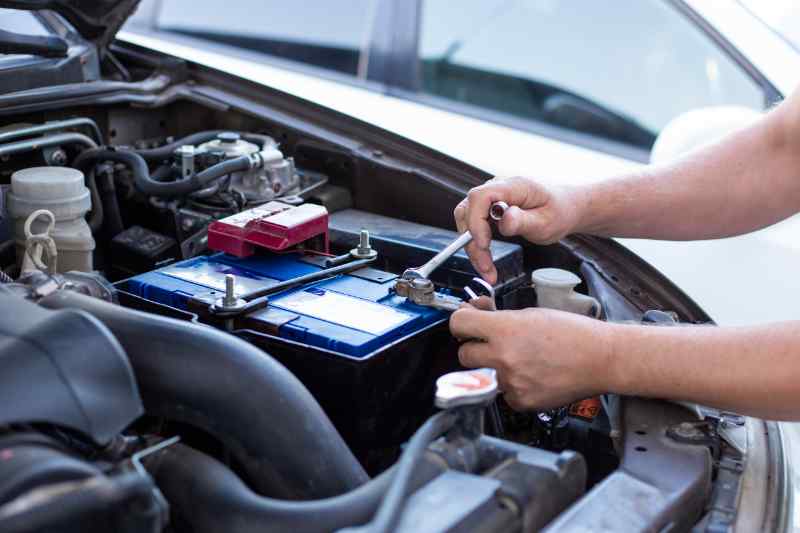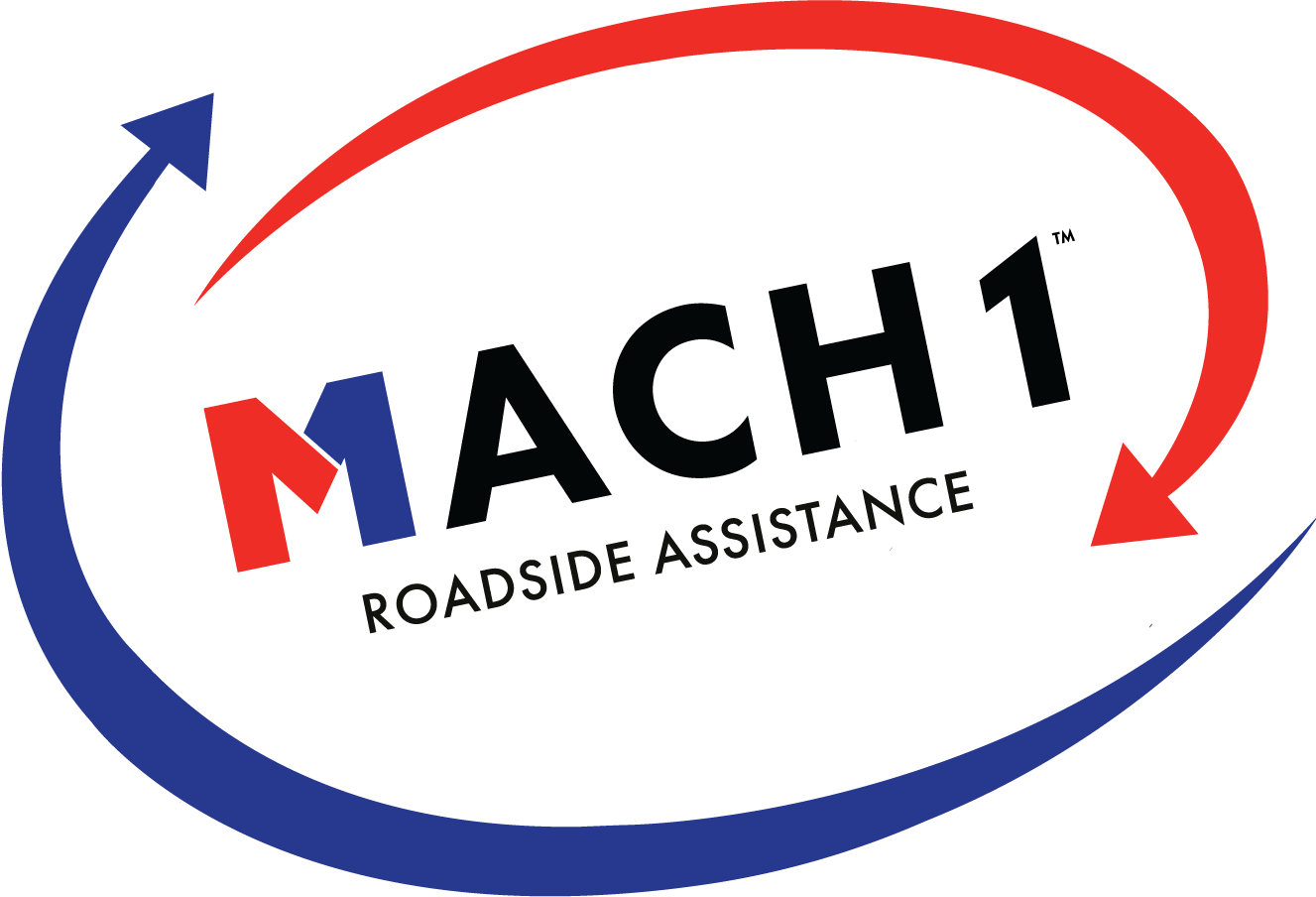
12 Jan What are car batteries made of?
Batteries can be seen as a complicated composite of metals and other material. Of course it would be when providing power to our vehicles. So what are they actually made of?
Depending on the car battery, they are usually made up of the same metals and other materials. This includes the following:
- Lithium
- Cobalt
- Nickel
- Steel
- Plastic
There are other minor materials that are used to house the battery as a whole, but these are the main composites of a car battery. It isn’t always this simple though. Here is everything you need to know about your car battery’s makeup.
What Types Of Metals Are In Car Batteries?
There are normally three types of metal within a car battery. Those metals include the following:
- Lithium
- Cobalt
- Nickel
But depending on the battery, you can find metals like Lead, Mercury, Alkaline, Magnesium, and so much more. You may have a specific battery type that you buy, but for the most part, car batteries have a composite of some of these metals.
Are All Car Batteries Made Of Lithium?
No. Although Lithium has become more popular to use for newer vehicles, most car batteries are made of lead-acid composition. So not every battery has lithium.
Electric cars are more likely to have lithium batteries than other cars, but that doesn’t mean every electric cars has one. Electric cars still use a variety of batteries similar to newer gas or diesel vehicles.
Regular vehicles usually use a lead based battery instead of the lithium ones. There are also a few other composition differences but will stick with the general make up of batteries found out there.
What Other Materials Are Car Batteries Made Of?
You will find there is a diverse list of material compositions for your battery. But a majority of them have some similar materials which include the following (excluding the metals mentioned before):
- Steel
- Graphite
- Manganese
- Aluminum
- Sulfuric Acid Solution
- Lead Compounds
- Water
Not all batteries may have these materials, and may change depending on the type of battery like lead batteries vs. lithium batteries.
Steel
Steel is the preference by manufacturers when making batteries. This is because it provides the following:
- Lower environmental impact
- Cheaper
- Strong
- Provides mass reduction
- Allows good performance for the batteries
Steel has the best balances of all these combinations which meaks it the best choice when making a battery.
Graphite
Graphite is usually used with Lithium Ion batteries. It is a stable material and has good energy density. This makes it reliable and less harmful than other materials that have been used in the past.
Manganese
Manganese is mainly used with lithium batteries because it helps improve safety. It improves driving distance and is a very stable material. These provide electric cars with features many buyers look for.
Aluminum
Aluminum is similar to its purpose within lithium batteries. It provides high capacity and balance or stability. It is an option alternative to steel and manganese that many companies have looked into.
Some companies use it because it is much cheaper than other materials but it may not provide the same longevity. It doesn’t give the long lasting power output as manganese and other materials so it is found more in cheaper batteries.
Sulfuric Acid Solution
Sulfuric Acid solution is often diluted with distilled water. It is used to help chemical reactions to occur, especially with lead. These chemical reactions create electricity which is needed to power a vehicle.
Sulfuric Acid is found within the wet cells of the batteries. It is a part of the electrolyte solution and help with recharging the battery. Sulfuric acid is one of the compounds that need to be handled with care because it can be harmful to you.
Lead Compounds
Lead is one of the biggest materials used in batteries, especially for gasoline and diesel automobiles. Manufacturers use lead and lead compounds for many different purposes in a battery.
These lead compounds are important to the power output in the battery. There are many different types of lead compounds that assist in different parts of the cells within the battery.
Water
Not everyone knows this, especially those who aren’t in mechanically knowledgable but water is also found in water. It may be mixed with Sulfuric Acid and is part of the “electrolyte” solution within the battery.
Water plays an important part in your battery. It allows ions to pass through so that your battery recharges and doesn’t die after each use. This is why your battery lasts so long and does go dead after you drive around for the day.
What Should I Do If My Car Battery Is Dead?
There are a few things you can do if your battery is dead. If you need to start your car right away, you will need to get a jump from another vehicle. You can then take the car to your local car parts store and get a replacement.
You will then give them the old battery and they will give you the new battery. They usually give you a discount when you give them the old battery called a “core charge.” If you don’t swap out your old one for the new one, it will be more expensive, can even be more than $50 more!
If you are at home, you can just take the battery out and get a new one. Sometimes you may not be able to get a new one right away. You can do a few things:
- Jump the battery when another vehicle.
- Use a boost box.
- Call a service to jump your car.
You don’t want to do this for too long. Having a dead battery can be harmful to your car as a whole and wear out other parts. It is best to get a new one as soon as possible.
Outro
Car batteries are ever evolving and changing as new technology comes out so the battery composite does sometimes change. But for the majority of batteries you find out there now, this is the materials that car batteries are made of.
